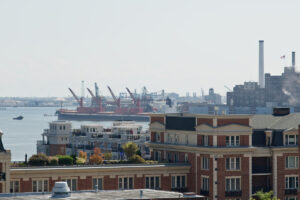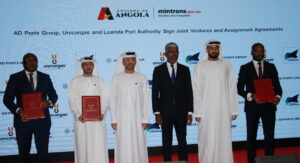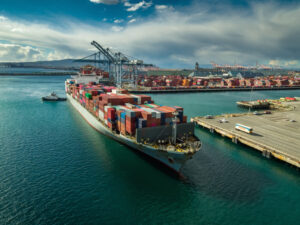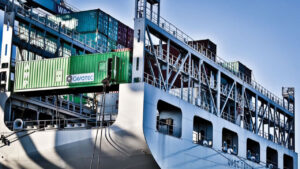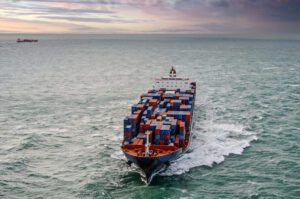The Trans-Pacific Partnership (TTP) deal, which was recently endorsed by the American Association of Port Authorities, is anticipated to cause heightened container growth for participating countries in the US and its trading partners in the Pacific, according to Drewry’s latest container insight weekly report.
After five years of talks, last week the 12 Pacific-rim nations, including the US and Japan, finally signed up for the Trans-Pacific Partnership (TPP) deal that aims to eliminate most tariffs on industrial goods and (progressively) agricultural products, as well as introducing new standards on a range of other subjects, including intellectual property, competition, the environment and labour laws.
Covering approximately 40% of the world’s economy, the TPP is the largest free trade deal since the North American Free Trade Agreement (NAFTA) between the US, Canada and Mexico came into force in 1994.
Drewry has found evidence that supports the argument that free trade deals do encourage heightened trade growth, specifically in the container shipping arena.
The number of active free trade agreements (FTAs) around the world is increasingly steadily, with the World Trade Organization (WTO) reporting that as of April, 2015 there were 262 ‘physical’ – counting goods, services and accessions together – regional trade agreements in force.
One of the most significant FTAs in recent years was the pact between the 10 member states of the Association of Southeast Asian Nations (ASEAN) with China in 2005.
Only in the past decade has the US embraced FTAs, as before the start of the century it only had agreements in place with three countries: Israel (1985) and its two NAFTA partners Canada and Mexico (1994), but that has since extended to 20 countries before TPP comes into play.
Since 2005, US trade with non-FTA partners, such as with its second-largest trading partner China, has grown faster than it has with its FTA partners.
Between 2005 and 2014, US exports to FTA partners increased by 85% versus 74% for non-FTAs, while imports were up by 42% against 40%, respectively.
The faster pace of growth with non-FTAs explains why the share of US merchandise trade for its FTA partners has barely moved in the last 10 years, even as new FTA partners were joining.
However, as with the China-ASEAN pact, US trade growth with its FTA partners does seem to eventually be gaining momentum and if we narrow the comparison period US exports and imports to FTA partners are now increasing at a faster pace.
What does this mean for containerised trade? Historically, the GATT and WTO trade deals and the entry of China into the WTO are widely credited as having accelerated international trade in general and ocean-borne trade in particular.
The Drewry View: The liberalisation of trade is a growing trend and one that will benefit container shipping companies in the long-run. In the mid-term, investment in shipping and port infrastructure within countries that have expanded their FTA scope is probably prudent.

